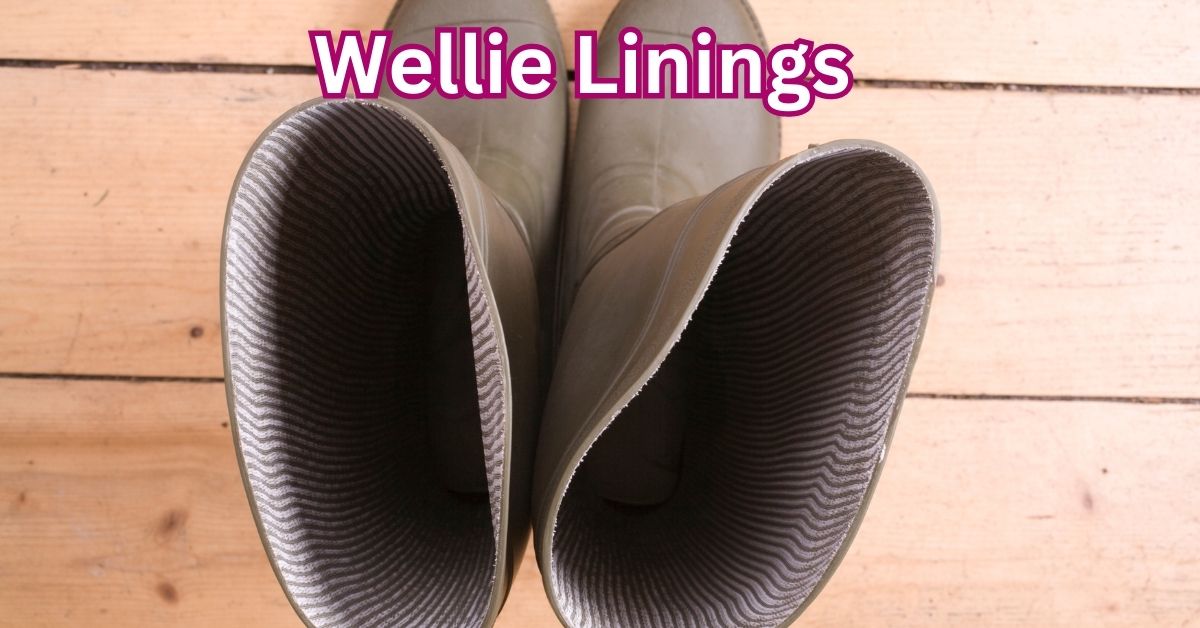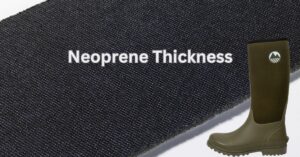Wellington Boots Linings
Wellington Boot Linings Guide: Everything You Need to Know
A wellington boot lining can provide insulation, breathability, moisture-wicking, and other benefits depending on the material used. This guide will explore the different types of wellington boot linings available, such as cotton, neoprene, leather and polyester.
We will explain the properties of each lining and their suitability for various activities and weather conditions. By the end of this article, readers will have a better understanding of wellington boot linings and be able to choose the right one for their needs.
Types of Wellington Boot Linings
When it comes to choosing the right Wellington boot, the lining is an important factor to consider. Different linings offer varying levels of warmth, comfort, and durability. Here are some of the most common types of Wellington boot linings:
Neoprene Linings
Neoprene is a synthetic rubber material that provides excellent insulation and waterproofing. Wellington boots with neoprene linings are ideal for cold conditions, as they keep feet warm. Neoprene linings are also comfortable to wear and offer good shock absorption.

- Neoprene is the best lining for keeping feet warm in the cold
- 3mm neoprene lining or thicker provides the best insulation for cold
- You should wear socks with neoprene lining
- Not suitable for warm weather
Cotton Linings
Cotton is a natural material that is breathable and soft to the touch. Wellington boots with cotton linings are comfortable to wear, and they allow air to circulate around the feet.
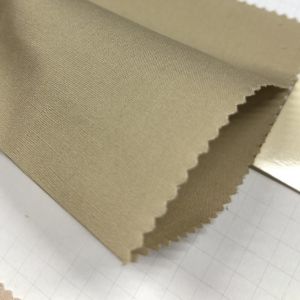
- Cotton Lining provides next to no insulation against the cold
- Best suited for spring and summer
- Helps reduce friction, making it easier to put wellies on
Leather Linings
Leather is a durable and breathable material that is often used for Wellington boot linings. Leather linings are comfortable to wear and provide good insulation, making them suitable for both warm and cold conditions. They are also resistant to abrasion and wear, so they can withstand heavy use.
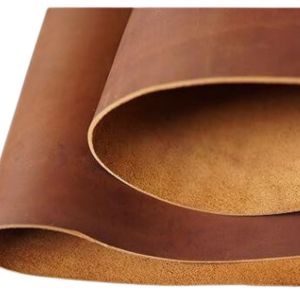
- Leather lined boots can be worn all year round
- Boots with leather lining are usually high-end, like Le Chameau wellies
- The leather allows feet to breathe, helping prevent sweaty feet
Polyester Linings
Polyester is a synthetic material that is lightweight and breathable. Wellington boots with polyester linings are comfortable to wear and allow air to circulate around the feet. However, polyester linings are not as warm as some other materials, so they may not be suitable for very cold conditions.
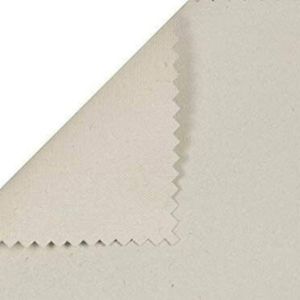
- Polyester lining is best for warmer weather
- Helps reduce friction when putting boots on
- Usually found in cheaper boots
Fleece Lining
Fleece is a synthetic material that is soft and warm. Wellington boots with fleece linings are ideal for cold conditions, as they provide excellent insulation and keep feet warm. Fleece linings are also comfortable to wear and offer good shock absorption.
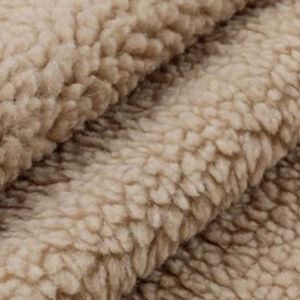
- Provides reasonable insulation against cold
- Can compact over time, reducing insulating properties
- Can get smelly if not cleaned
Jersey Linings
Jersey is a soft and stretchy material that is often used for Wellington boot linings. Wellington boots with jersey linings are comfortable to wear and provide insulation, making them suitable for cool conditions. They are also lightweight and breathable, so they are ideal for use in warmer weather.
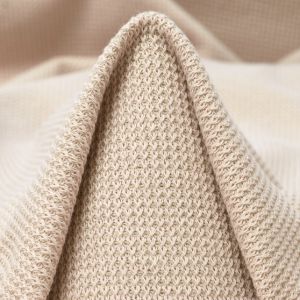
- Provides limited insulation against extreme cold
- Has wicking properties
- Lining wears over time
No Lining
Some Wellington boots do not have any lining at all. These are usually very cheap PVC boots and sometimes cheap rubber boots. The main problem of not having any lining is that it can be difficult to slip your feet into the wellies, due to friction. and obviously, there is no insulation from the cold.
Choosing the Right Wellington Boot Linings
When it comes to choosing the right Wellington boot lining, there are a few factors to consider. The lining of a Wellington boot is essential in providing comfort, warmth, and protection from the elements. Here are some things to keep in mind when selecting the right lining for your Wellington boots:
Material Quality
The quality of the lining material is crucial for ensuring the longevity and durability of the boots. Opt for high-quality materials such as neoprene or leather, which offer excellent insulation, breathability, and waterproofing. These materials ensure your feet stay warm and dry in any weather condition.
Style and Fashion
Wellington boots come in a range of styles, from classic to colourful. Choose a lining that complements the style of your boots. For example, Barbour Bede wellies have a tartan lining.
In conclusion, choosing the right Wellington boot lining is essential for ensuring comfort, warmth, and protection. Consider the material quality, style and fashion when selecting the right lining for your wellington boots.

